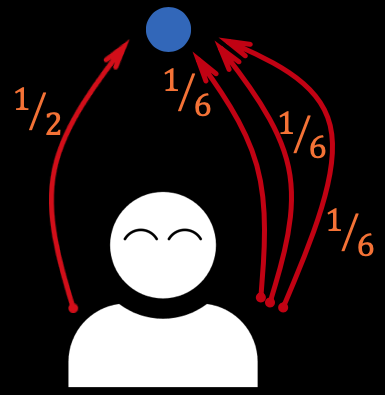Robot Models of Human Behavior
rethinking probabilistic models of human behavior

Robots need models of human behavior for both inferring human goals and preferences, and predicting what people will do. Typical models, like the Boltzmann noisily-rational decision model, assume that people approximately optimize a reward function and choose trajectories in proportion to their exponentiated reward. In this work, we observe that these models originate from discrete decision making in econometrics, and propose, instead, a probabilistic model of human behavior for continuous trajectory spaces. Rather than each candidate trajectory affecting the human's decision independently, similar trajectories now affect the decision together.
Project materials:
Andreea Bobu*, Dexter R. R. Scobee * ,Jaime F. Fisac, S. Shankar Sastry, andAnca D. Dragan. LESS is More: Rethinking Probabilistic Models of Human Behavior. ACM/IEEE International Conference on Human Robot Interaction (HRI), 2020.